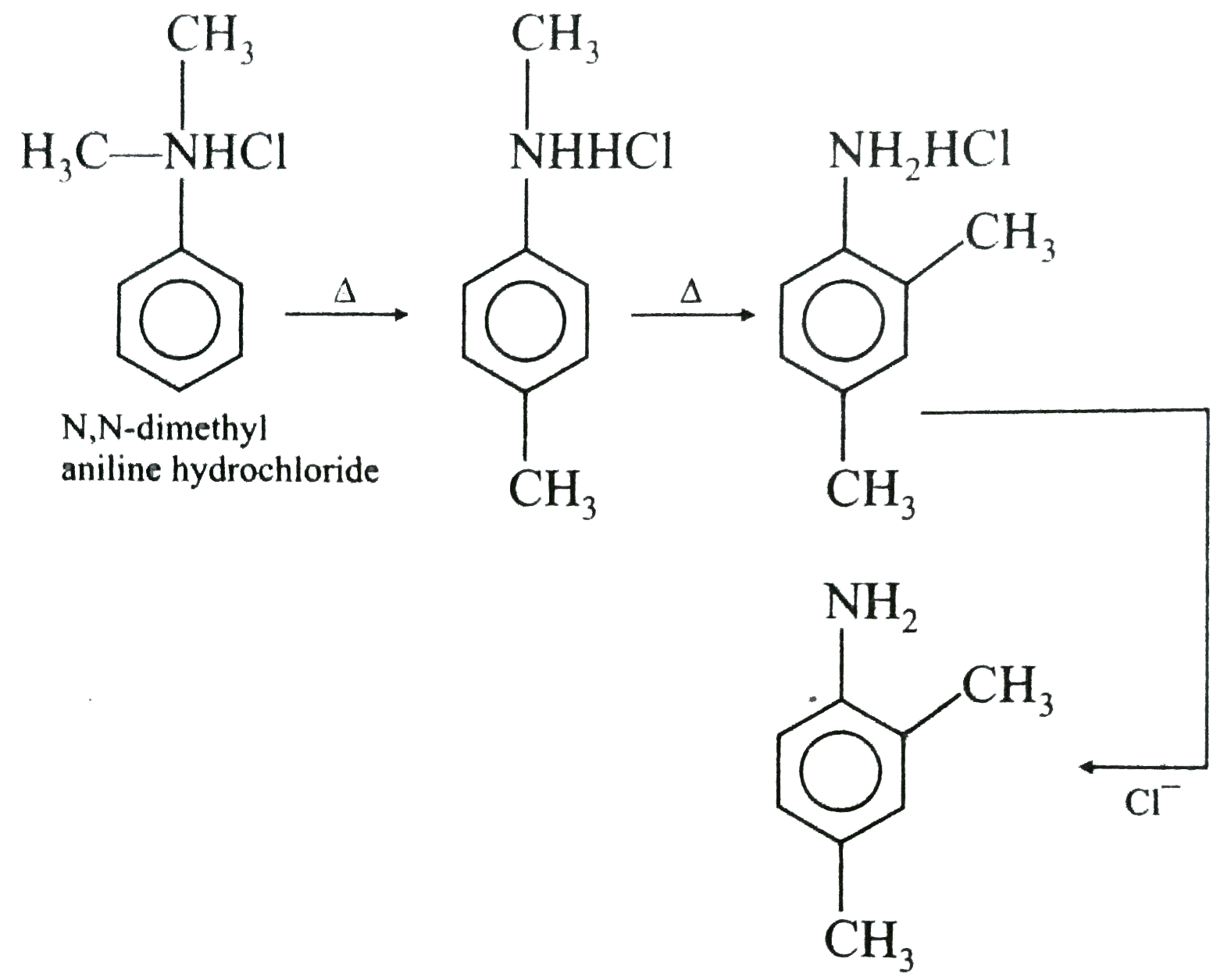Hamburger's phenomenom is called :
Bicarbon shift
Chloride Shift
Hydrogen shift
Sodium shift
The correct Answer is:B
Step-by-Step Solution:
1. Understanding Hamburger's Phenomenon: Hamburger's phenomenon refers to the process that occurs in the cardiovascular system, specifically involving the exchange of ions in red blood cells.
2. Identifying the Key Ions: The key ions involved in Hamburger's phenomenon are bicarbonate (HCO3-) and chloride (Cl-). This phenomenon describes how these ions are exchanged across the membrane of red blood cells.
3. Analyzing the Options:
- Option 1: Bicarbonate Shift: This term is incorrect as it does not specifically refer to the exchange process described by Hamburger's phenomenon.
- Option 2: Chloride Shift: This is the correct term for Hamburger's phenomenon, as it describes the exchange of chloride ions entering the red blood cell while bicarbonate ions exit.
- Option 3: Hydrogen Shift: This term is also incorrect as it refers to the migration of hydrogen atoms, which is not related to Hamburger's phenomenon.
- Option 4: Sodium Shift: This option is incorrect as it does not pertain to the exchange of bicarbonate and chloride ions.
4. Conclusion: Based on the analysis of the options, the correct answer is "Chloride Shift," which is synonymous with Hamburger's phenomenon.
Final Answer: Hamburger's phenomenon is called the Chloride Shift.
---
- Option 1: Bicarbonate Shift: This term is incorrect as it does not specifically refer to the exchange process described by Hamburger's phenomenon.
- Option 2: Chloride Shift: This is the correct term for Hamburger's phenomenon, as it describes the exchange of chloride ions entering the red blood cell while bicarbonate ions exit.
- Option 3: Hydrogen Shift: This term is also incorrect as it refers to the migration of hydrogen atoms, which is not related to Hamburger's phenomenon.
- Option 4: Sodium Shift: This option is incorrect as it does not pertain to the exchange of bicarbonate and chloride ions.
Topper's Solved these Questions
- BOOK - MODERN PUBLICATIONCHAPTER - BREATHING AND EXCHANGE OF GASESEXERCISE - COMPETITION FILE (CBSE - PMT (MAIN EXAMINATION ) QUESTIONS :):3videos
BREATHING AND EXCHANGE OF GASES
- BOOK - MODERN PUBLICATIONCHAPTER - BREATHING AND EXCHANGE OF GASESEXERCISE - COMPETITION FILE (ASSERTION TYPE QUESITONS ):11videos
BREATHING AND EXCHANGE OF GASES
- BOOK - MODERN PUBLICATIONCHAPTER - BREATHING AND EXCHANGE OF GASESEXERCISE - REVISION EXERCISES ( LONG ANSWER QUESTIONS)3videos
BREATHING AND EXCHANGE OF GASES
- BOOK - MODERN PUBLICATIONCHAPTER - BODY FLUIDS AND CIRCULATION EXERCISE - Chapter Practice Test15videos
BODY FLUIDS AND CIRCULATION
- BOOK - MODERN PUBLICATIONCHAPTER - CELL : THE UNIT OF LIFE EXERCISE - Chapter Practice Test (Section-E)1videos
CELL : THE UNIT OF LIFE
Similar Questions
Knowledge Check
- Question 1 - Select One
Hamburger's phenomenon is also known as
AHCO3 - shiftBNa+ shiftCH+ shiftDChloride shift - Question 2 - Select One
Hamburger's phenomenon involves
Athe influx of chloride ions into erythrocytes in response to efflux of bicarbonate ions from erythrocytesBefflux of chloride ions from erythrocytes in response to the influx bicarbonate ions from erythrocytesCthe influx of chloride ions into erythrocytes in response to the influx bicarbonate ions from erythrocytesDefflux of chloride ions from erythrocytes in response to the efflux bicarbonate ions from erythrocytes - Question 3 - Select One
Hamburger phenomenon explains
Achloride shiftBformatioo of HCO3Cbreathing mechanismDoxygen satureaton of hb
In Hamburger's phenomenon which ion is transported ?
View Solutioncall on
View Solution
This is calledView SolutionMatch column I with column II an select the correct option from the codes given below.
Column IColumn IIA. Carbomino-heamoglobin(i) InspirationB. Diaphragm(ii) Hamburger's phenomenonC. Larynx(iii) Diffusion of Cl−into RBC D. Pons varolii(iv) Carbon dioxideE. Chloride shift(v) Cartilages(vi) Pneumotaxic centre(vii) ExpirationView SolutionHamburger shift is also called :
View Solution

